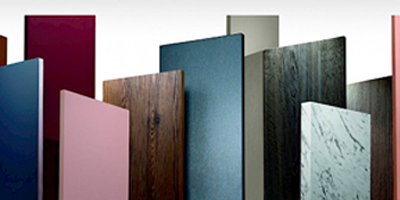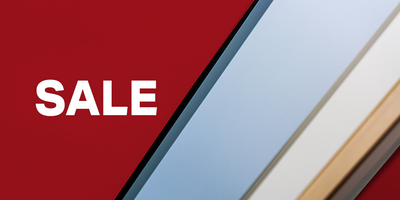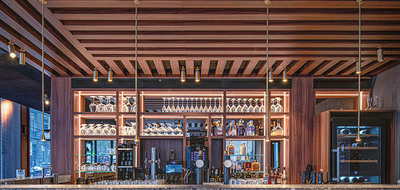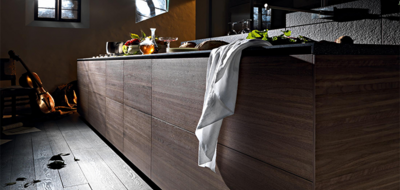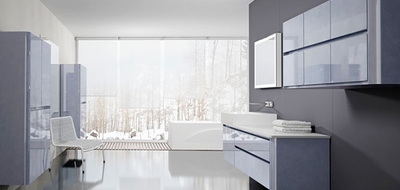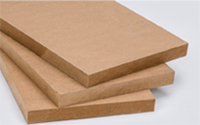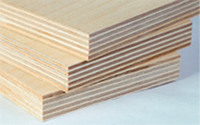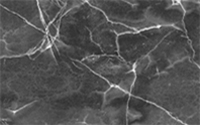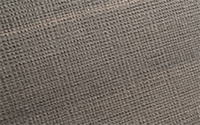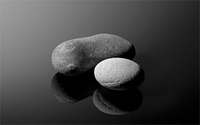Today, we come into contact with melamine-faced products in many aspects of our lives. However, melamine is the most used by the furniture industry in its production of melamine-faced chipboard. Modern MFC is manufactured by pressing and extruding wood chips bound by a synthetic resin or other adhesives. It is then overlayed by decorative paper and immersed in a bath full of melamine. The result is a dense board with a hardwearing, attractive surface boasting excellent properties that make it a viable solution for furniture makers looking for a cheaper alternative to solid wood or MDF.
But what is the history of melamine-faced chipboard? To understand this, we must look at the history of chipboard and melamine, respectively.
In the early 1800s Germany, woodworkers began combining wood shavings with adhesive, then treating it under pressure and heat to create the prototype of the modern particleboard. However, it wasn't until the 1940s that particleboard, as we know it today, was invented. In Germany, a shortage of solid wood led people to look for different alternatives, and such was a board made from grounded off-cuts and wood chips mixed with glue. In the 1950s, veneered chipboard was developed and became a viable solution to the lumber shortage. Because it was new, chipboard was still expensive but became cheaper over time when production technology improved.
And as for melamine, in the 1830s, a German scientist developed the precursor to modern melamine—an organic-based mixture created from hydrogen, nitrogen and carbon. However, having no practical use, the early melamine was shelved until 100 years later, when it was rediscovered and brought to light again. The original organic compound was mixed with formaldehyde to create a plastic that became hardened. A more straightforward manufacturing process was discovered, which meant that the novel melamine was now ready for mass production. Additionally, it was discovered that adding melamine to a decorative paper base created a hardwearing surface that could cover many household products, such as dinnerware or flooring, while adding it to particleboard produced melamine-faced chipboard, or MFC for short.
The '70s saw an advance of MFC, which took the furniture production market by storm. Large sheets of melamine-faced chipboard cut to size and made into various furniture parts were now one of the best materials to use. Although the layer of melamine is usually only 0.3mm in thickness, it provides additional strength and durability to the panel and adds an appealing look through stone or woodgrain reproductions. Shortly after, MFC became the primary wood-based product used for mass-produced furniture, including kitchen worktops and floorboards.
In the last decade or so, with the advanced cutting machinery becoming accessible to smaller enterprises, bespoke cabinet-makers discovered that they could get MFC panels accurately cut for private furniture commissions. MFC cutting has become a big industry today, where companies like Cworkshop provide a reliable and exact MFC cut to size service for residential and commercial properties.

